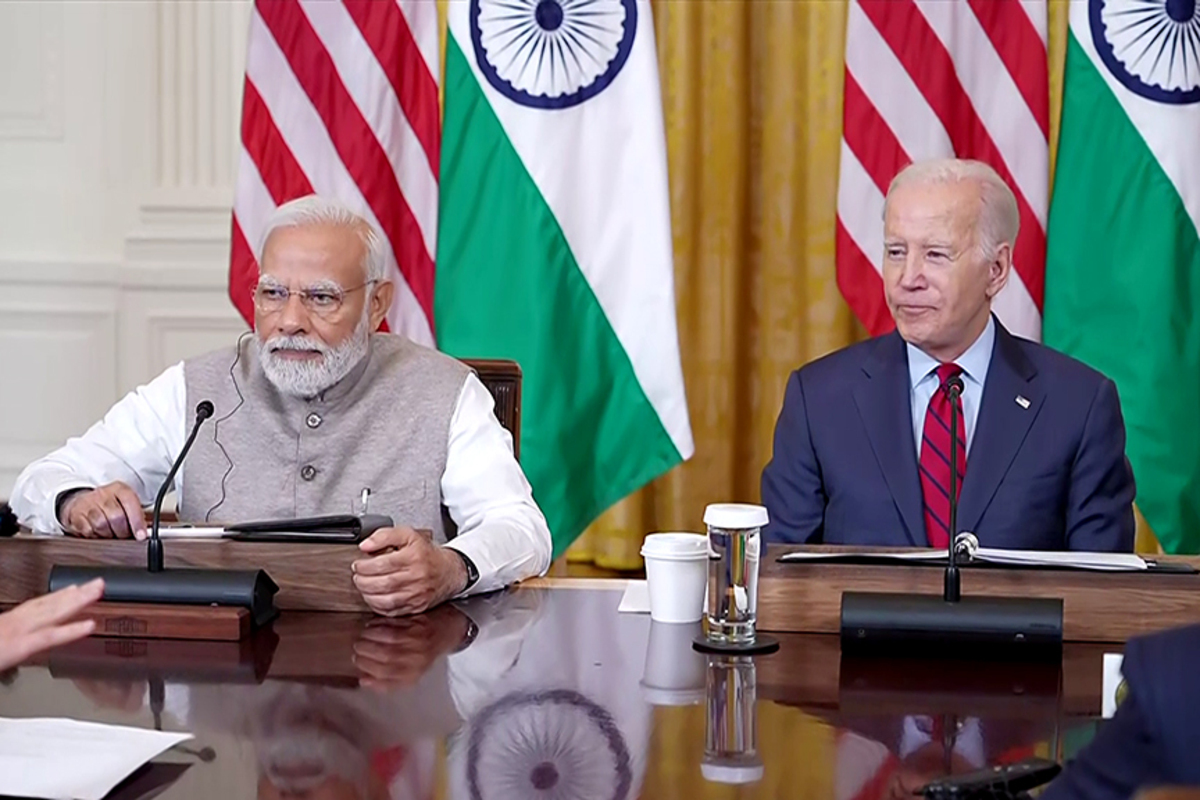Prime Minister Narendra Modi’s third term presents a unique opportunity to solidify and expand the India US defence partnership. Over the past decade, this partnership has evolved into a cornerstone of bilateral ties, marked by significant milestones that have enhanced both nations’ strategic and military capabilities. With a new leadership on the horizon in the United States and continued bipartisan support for closer ties with India, there is immense potential for growth in defence cooperation.
However, realising this potential will require addressing complex regulatory challenges, enhancing public-private collaborations, and navigating shifting geopolitical dynamics. One of the primary challenges in the US-India defence relationship is the complex regulatory environment that governs defence trade and cooperation. Frameworks like the International Traffic in Arms Regulations (ITAR) and the Strategic Trade Authorization Tier 1 (STA-1) exemptions, while intended to facilitate collaboration, often impose stringent licensing procedures that can be resource-intensive and time-consuming. These barriers are particularly burdensome for start-ups and smaller companies, which may struggle to navigate the bureaucratic procurement processes.
Advertisement
For the defence partnership to thrive, it is essential to streamline these regulations and make them more accessible to a broader range of participants, including emerging defence start-ups in India. In addition to regulatory reforms, there is a growing need to enhance public-private collaborations in the defence sector. The success of initiatives like the India-US Defence Acceleration Ecosystem (INDUS-X) demonstrates the potential of partnerships between Indian and American defence companies, investors, and universities. Expanding such initiatives to include more private companies and academic institutions will help build a more robust defence ecosystem. For example, establishing incubator centres in major Indian cities, supported by the US Defense Innovation Unit (DIU) and the Defense Advanced Research Projects Agency (DARPA), could provide critical support to defence start-ups, fostering innovation and capacity-building.
Technological advancement is another area where the US-India defence partnership can make significant strides. The two countries have already begun collaborating on emerging technologies like artificial intelligence and space exploration. Expanding these efforts to include more joint research and development projects, talent exchange programmes, and innovation funds will not only enhance the technological capabilities of both nations but also ensure that they remain at the forefront of global defence innovation. The INDUS-X initiative, which has already achieved success in advancing bilateral defence collaboration, should be further expanded to support a broader range of technological initiatives.
However, the path forward is not without its challenges. India’s long standing defence ties with Russia, coupled with concerns about US-Pakistan relations, present complex geopolitical dynamics that must be carefully managed. India’s efforts to diversify its arms imports away from Russia are gradual and must be balanced with maintaining its strategic autonomy. Penalising India for its defence relationship with Russia could undermine its military modernisation efforts and strain the India-US partnership. As both countries navigate a complex global landscape, their shared commitment to strategic dialogue, innovation, and mutual respect will be key to realising the full potential of this critical partnership.









